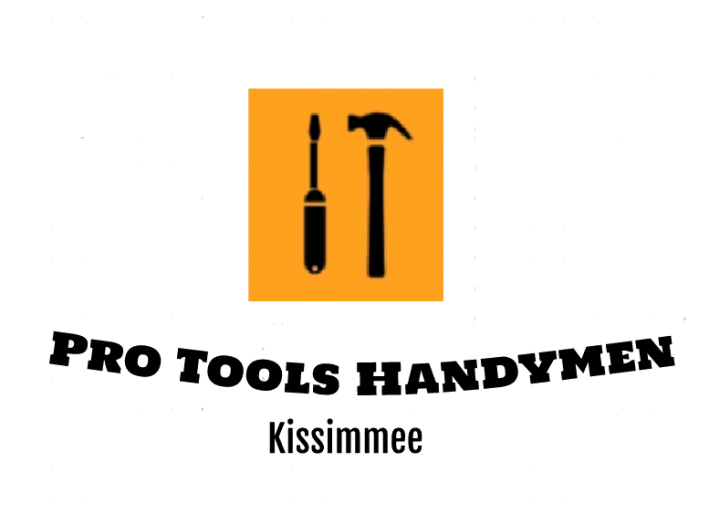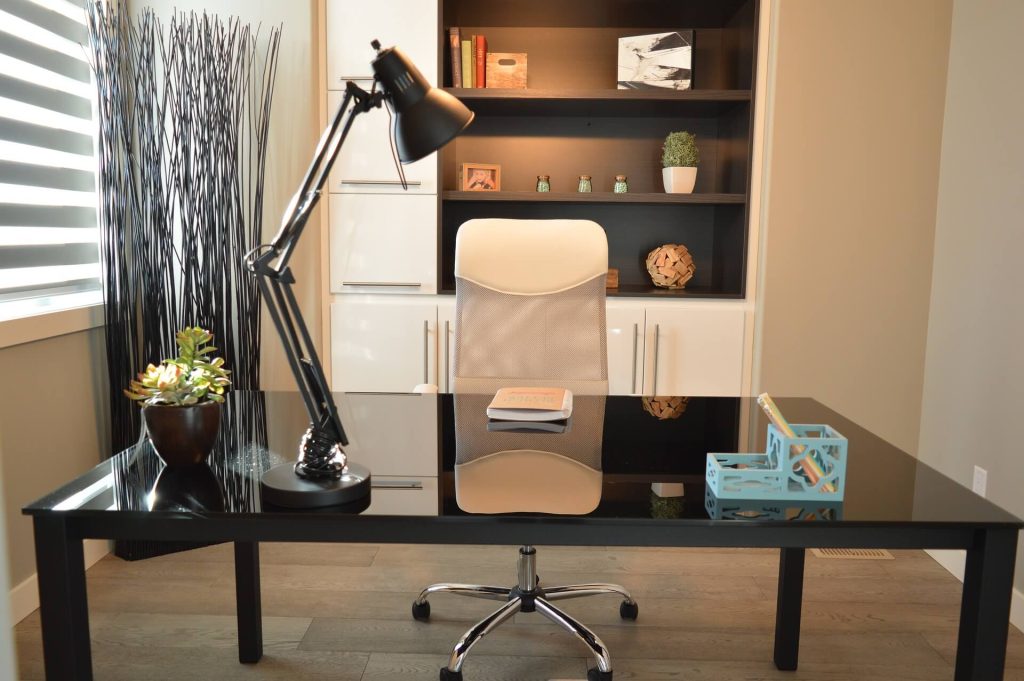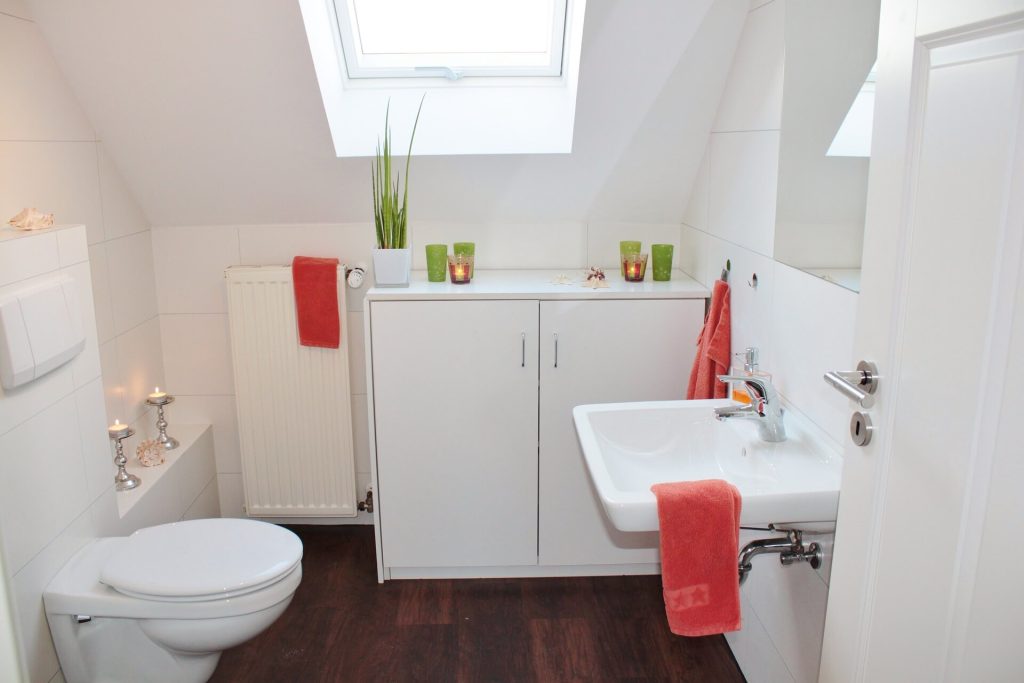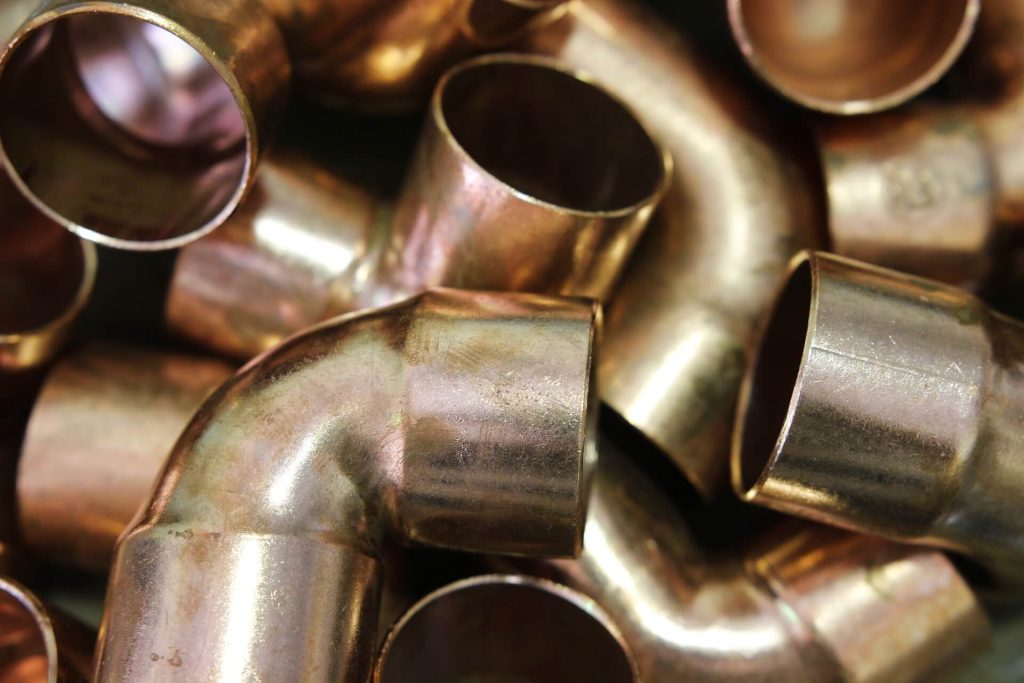
Ready For Your Next Project?
Troubleshooting Common Plumbing Issues
Drain Blockage: Reasons, Precautions, and Remedies
If you own a home, you’ve probably encountered a clogged drain that needs fixing at least once. If not fixed right away, clogged drains can be annoying, inconvenient, and even dangerous to your health. Fortunately, with a little basic understanding, you can avoid clogs altogether and clear them out when they develop. What you need to know is as follows:
Reasons for Blocked Drains
The accumulation of debris, such as hair, soap scum, and food particles, is the most frequent cause of clogged drains. These things may build up inside the drainpipe, decreasing water flow and finally causing a total blockage. Pouring grease and oil down the drain, flushing objects that shouldn’t be flushed down the toilet, and tree roots getting into the sewage system are some more causes of clogged drains.
Preventative Advice
Being careful about what you throw down your drains is the greatest method to prevent clogged drains. Do not flush non-flushable goods down the toilet, such as feminine hygiene products and baby wipes. Food leftovers, grease, and oil should not be poured down the washbasin. To trap hair and other debris, install a mesh strainer on the drains of your shower and washbasin.
Drain Unclogging Solutions
If your drain is clogged, you can attempt to unclog it with a plunger or a drain snake. Moreover, pouring boiling water down the drain can aid in the material’ dissolution. You might need to hire a plumber to clear the blockage if these remedies don’t work.
Reasons for Low Water Pressure, Solutions, and Repairs
Low water pressure can be an annoying and uncomfortable issue. There are a number of potential reasons why your water pressure may be low. These are some of the most typical causes and instructions on how to fix them:
Low Water Pressure Causes
A clogged or filthy aerator is the most typical cause of low water pressure. The tiny mesh screen next to your faucet’s end is the aerator. The water flow may be decreased if it is obstructed. A broken pressure regulator, a leak in the water line, or an issue with the water pump are some more causes of low water pressure.
Diagnostics and Repair
You can take out the aerator and clean it with a brush and vinegar if you think it could be clogged or unclean. You might need to replace the aerator if that doesn’t resolve the issue. It could be necessary to replace the pressure regulator if it is broken. It may be necessary to hire a professional to fix a water line leak or a water pump issue.
Leaky Faucet: Finding the Issue and Resolving It
One of the most frequent plumbing issues is a leaky tap, which can waste water and raise your water bill. The following instructions will show you how to locate and fix a leaky tap.
Detecting the Issue
Finding the issue is the first step in mending a leaky tap. A malfunctioning valve seat, an O-ring that has been damaged, or a worn-out washer are the three most typical reasons why a faucet leaks. Turn off the water supply to the tap, disassemble the handle, and examine the parts to find the issue.
Resolving the Issue
If an old washer or a damaged O-ring are the source of the issue, these components are simple to swap out. To get to the washer and O-ring, you must take off the handle and unscrew the packing nut. Visit a hardware shop with the outdated components to obtain a compatible replacement. If the leak is rectified, reassemble the tap, turn on the water supply, and test it.
You might need to replace the tap entirely if the issue is a defective valve seat. Since this is a more complicated repair, a professional plumber could be needed.
Causes of Running Toilets and Quick Solutions
One of the most frequent plumbing issues is a running toilet, which may waste a lot of water and raise your water bill. Some of the most typical causes of a running toilet are listed below, along with quick remedies you can try:
Toilet Running: The Root Reasons
A malfunctioning flapper valve is the most frequent reason for a running toilet. This valve seals the tank of the toilet and prevents water from entering the bowl. The toilet may run nonstop if a worn-out flapper valve allows water to flow into the bowl. A broken fill valve or a leak in the overflow tube are two additional reasons why the toilet is running.
Easy Fixes
You can try adjusting or replacing the flapper valve if it is the cause of the issue. The chain that links the flapper valve to the toilet handle must be tightened or loosened in order to adjust the valve. Try completely replacing the valve if that doesn’t work. Many hardware stores carry flapper valves, which are affordable.
You may need to swap out these parts if the issue is a broken fill valve or an overflow tube leak. Also widely accessible at most hardware stores, fill valves and overflow tubes can be installed with only rudimentary plumbing knowledge.
Water Heater Issues: Solutions and Advice
Particularly during the colder months, a broken water heater can be a major inconvenience. Here are some of the most typical water heater issues, along with instructions on how to identify and fix them:
There is No Hot Water
Your water heater’s heating element may be broken or its circuit breaker may have tripped if you aren’t getting any hot water. If the circuit breaker trips, check to determine if it has been reset. Replace the heating element if the circuit breaker is not the problem. Since this is a more complicated repair, a professional plumber could be needed.
Water Heater Leaks
A severe issue that can result in water damage and mould growth is a leaking water heater. The first thing to do if water is seen around your water heater is to shut off the water and power to the heater. A malfunctioning pressure relief valve is the most frequent reason for a leaking water heater. If the pressure inside the tank builds up too much, this valve is intended to release it. Even when the pressure is normal, a defective valve may be letting water out. To test whether it fixes the issue, you can try changing the valve.
Unusual Noises
If your water heater is making odd noises, such popping or rumbling, the issue can be sediment buildup in the tank. The accumulation of sediment might make the tank overheat and generate noise. You can drain the tank and get rid of any accumulated sediment to solve this issue. The effectiveness and lifespan of your water heater can be increased with this straightforward Do It Yourself repair.
Problems with Sewer Lines: Symptoms, Causes, and Solutions
Sewer line problems can be a serious plumbing issue that result in foul smells, sewage backlog, and possible health risks. The following are some of the most typical indications of sewer line problems, their causes, and remedies:
Sewer Line Issues’ Warning Signs
Sewage backup in your home’s drains or toilets is the most visible indication of a sewer line problem. When you flush the toilet, you can also detect foul scents coming from your drains or hear gurgling noises. Sinks and toilets that drain slowly may potentially be signs of a sewage line problem.
Reasons for Sewer Line Problems
Many things, such as tree root incursion, corrosion, or damage from shifting soil, might result in sewer line problems. Compared to newer homes with PVC pipes, older homes with clay or cast iron pipes are more prone to sewer line problems.
Problems With Sewer Lines: Solutions
Calling a qualified plumber to identify and fix the issue is essential if you suspect a sewer line problem. A camera examination can be used by a plumber to pinpoint the problem’s location and root cause. The plumber might advise hydro jetting to clear the sewer line, repairing or replacing a part of the pipe, or relining the pipe with a cured-in-place pipe (CIPP) liner, depending on how serious the problem is.
In conclusion, plumbing problems can cause homeowners frustration and even expense. But, with some fundamental plumbing knowledge and the appropriate equipment, many common plumbing problems may be quickly identified and fixed. You may avoid spending money on costly repairs and keep your home’s plumbing system in good working order by using the advice provided in this article. Don’t be afraid to call a licensed plumber for help if you’re not confident doing a repair yourself.
Fast & Reliable Service
We strive to complete your projects on time, within budget, and to your utmost satisfaction.
Professional Handymen
Our handymen have many years of experience so that your projects get done right the first time.
Need a handy hand for your project?
Call NowHandyman Tips & FAQs
Kissimmeehandymanservices.com - Pro Tools Handymen - Privacy





